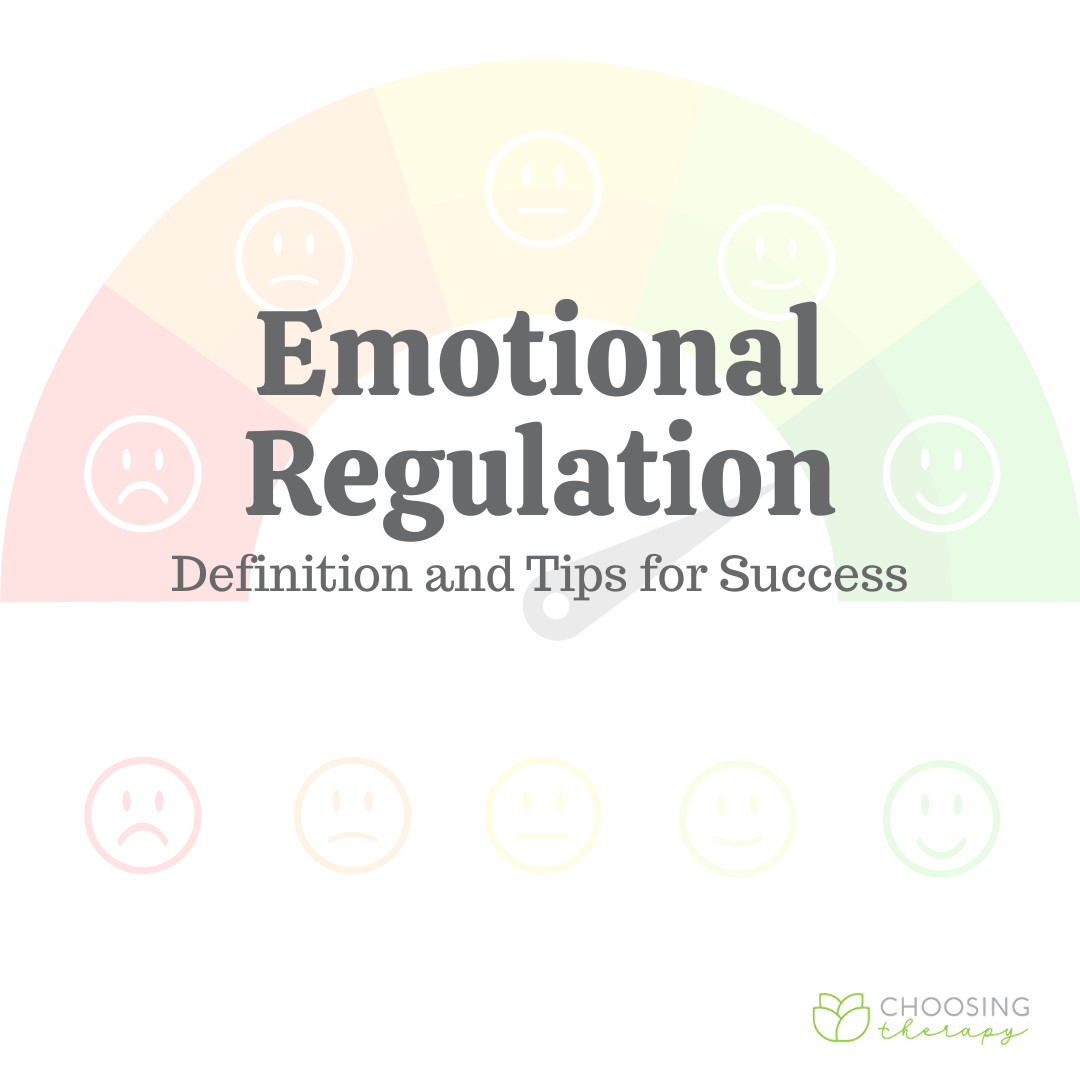Affective Regulation Definition
Cortical and Affective Regulation of Autonomic Coordination - Gatzke
Affective regulation is a fascinating process that plays a crucial role in our daily lives. It is the ability to manage and control our emotions, allowing us to respond appropriately to different situations. In this post, we will explore the concept of affective regulation and its relationship with cortical and autonomic coordination.

Emotions are a fundamental part of human experience. They color our perceptions, influence our decision-making, and shape our interactions with others. However, it is essential to regulate and manage these emotions effectively, as excessive or uncontrolled emotional responses can negatively impact various aspects of our lives.
...FAQs
Q: Why is affective regulation important?
A: Affective regulation is crucial for maintaining emotional well-being and mental health. It allows individuals to adapt to stressful situations, cope with challenges, and build healthy relationships.
Q: Can affective regulation be learned?
A: Yes, affective regulation can be learned and developed through various techniques and practices, such as mindfulness, meditation, cognitive-behavioral therapy, and emotional intelligence training.
Q: What are the consequences of poor affective regulation?
A: Poor affective regulation can lead to difficulties in handling stress, impaired decision-making, relationship problems, and negative impacts on mental and physical health.
... Overall, understanding and actively engaging in affective regulation can significantly enhance our well-being, relationships, and overall quality of life. By recognizing and managing our emotions effectively, we can navigate life's challenges with greater resilience and create a more balanced and fulfilling existence. Remember to prioritize self-care and seek support when needed, as nurturing our emotional well-being is a lifelong journey.Cortical And Affective Regulation Of Autonomic Coordination - Gatzke
 Image Source : onlinelibrary.wiley.com
Image Source : onlinelibrary.wiley.com Three Types Of Affect Regulation System. Reproduced From Ref 22
 Image Source : www.researchgate.net
Image Source : www.researchgate.net regulation affect gilbert compassionate paul reproduced constable
(PDF) Relationship Of Perceived Parenting Styles With Self-Control
 Image Source : www.academia.edu
Image Source : www.academia.edu Study 1: Correlations Of The Cognitive And Affective Regulation Scales
 Image Source : www.researchgate.net
Image Source : www.researchgate.net affective scales regulation correlations
Was Ist Spannungsregelung Eines Transformators? - Definition Und
 Image Source : razberem.com
Image Source : razberem.com Latest Regulation: Emotional Regulation Definition Psychology
 Image Source : regulationlatest.blogspot.com
Image Source : regulationlatest.blogspot.com regulation
Figure 1 From 1 Emotion Regulation From The Perspective Of
 Image Source : www.semanticscholar.org
Image Source : www.semanticscholar.org regulation emotion developmental framework neuroscience
Emotional Regulation: Definition & Tips For Success - Choosing Therapy
 Image Source : www.choosingtherapy.com
Image Source : www.choosingtherapy.com regulation
Regulation emotion developmental framework neuroscience. Affective scales regulation correlations. Figure 1 from 1 emotion regulation from the perspective of. Emotional regulation: definition & tips for success. (pdf) relationship of perceived parenting styles with self-control